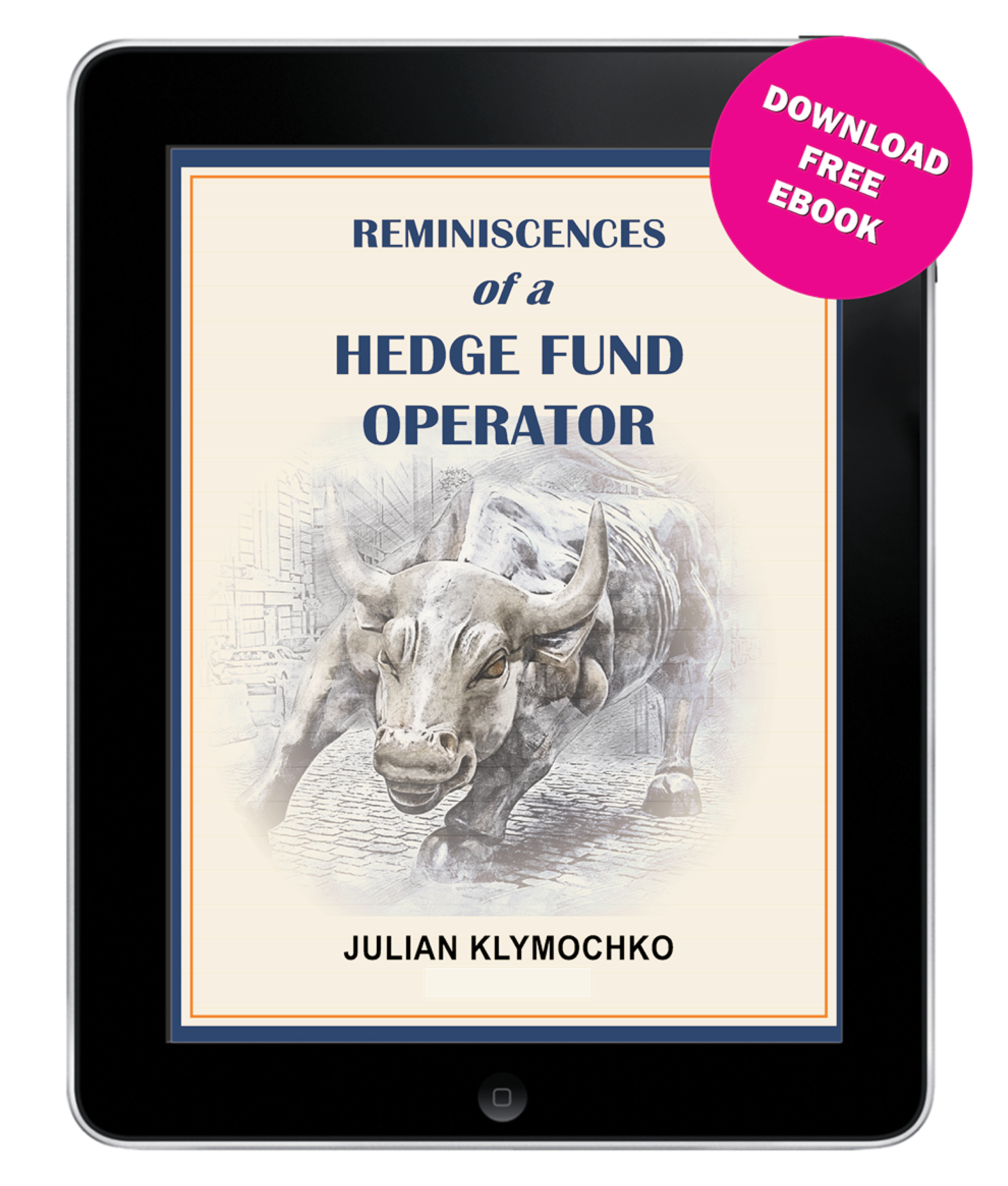June 25, 2021 – Even as the tech-heavy NASDAQ Index his new all-time highs, tech-focused SPACs remain primarily ignored by the market.

Source: Accelerate
The SPAC Index is up just 3.1% this year. It peaked on February 19th and has fallen -11.4% since then. The SPAC Index bottomed on March 24th, although has largely experienced an L-shaped recovery, rising just 1.2% since the trough.
The speculative frenzy in SPACs, which led to explosive returns in 2020, was led by retail investors. However, it appears that many of the Reddit crowd, keen on speculative action, have migrated to meme stonks such as AMC and dubious crypto assets such as Dogecoin. A Google Trend graph appears to correlate with SPAC trading volumes over the past year.

Source: Google
Accelerate’s proprietary SPAC VIX, which measures trailing volatility (“vol”) of the SPAC universe, hit a new all-time low of just 2.9%.

Source: Accelerate
Retail traders are attracted to volatility like bees to honey.
The retail bid that came in and out of SPACs is directly correlated to volatility.
We, as arbitrageurs, hate vol, as it leads to a less smooth return profile (investors like consistency).
Retail speculators thrive off vol, and rely on it to make a quick buck in a good trade.
Why has volatility fallen in SPACs?
SPACs can be viewed as a T-Bill + an equity call option. In the first quarter, these call options were deep in-the-money and therefore, SPACs displayed equity-like volatility. Currently, given that nearly all SPACs are trading at a discount to NAV, these call options are out-of-the-money and thus SPACs display bond-like volatility.
Once SPAC price performance improves, vol will increase (as SPACs start to trade at premiums to NAV), which will result in retail speculators returning to the market, feeding the feedback loop of higher prices and greater volatility.
This price action in the secondary market has not begun to occur, yet we see signs of life in the SPAC IPO market.

Source: Accelerate
The SPAC IPO market had been moribund in April and May, with issuance down roughly -90% compared to January through March. Nearly every IPO broke price and traded at a discount to its $10.00 IPO price.
Over the past few weeks, this sleepy IPO dynamic has changed as the market has worked through some of the oversupply and sentiment has begun to turn from ice-cold to merely ho-hum.
The latest 10 SPAC IPOs are trading up +0.7% on average, with only one dropping below its IPO price. For the first time in two months, the Accelerate Arbitrage Fund (TSX: ARB) has subscribed to a handful of IPOs, including new issues from high-quality repeat sponsors such as Betsy Cohen and Barry Sternlicht.
While we believe the SPAC market has bottomed and maintain a positive outlook, the most important consideration of SPAC arbitrage is its low-risk nature, especially in an era of record-high US equity valuations and meager bond yields. Who would have that “high-yield” bonds would trade with negative real (inflation-adjusted) yields?
Peter Weprin, an adviser to family office Hemingway Group, recently highlighted the safety embedded in SPAC arbitrage:
“If the market goes off a cliff, SPACs will be the best ‘performing’ part of a long portfolio because, in essence, you don’t lose a penny, as long as you are pre-merger and you have the time to wait to redeem.”
Even without the vaunted “SPAC pop”, SPAC arbitrage is still an attractive investment strategy. For example, ARB subscribed to the DD3 Acquisition Corp II initial public offering on December 8th, 2020, for units (which include warrants) at $10.00. DD3 announced a business combination with Codere Online on June 22nd. The SPAC did not pop on deal announcement and continues to trade at a discount to its $10.00 NAV. However, its units (which we subscribed to in the IPO) are trading at $10.75 because they include a 1/2 warrant, resulting in a 7.5% return in seven months, or 13% annualized. Inclusive of the 1.2x – 1.6x leverage that ARB utilizes, a portfolio of these types of arbitrage opportunities can create an attractive return profile for investors even as the market remains unexciting.
The Accelerate AlphaRank SPAC Monitor details various metrics on the current opportunity set while offering details on every individual SPAC currently outstanding. The Accelerate AlphaRank SPAC Effective Yield tracks the average arbitrage yield offered in the market. The Accelerate AlphaRank SPAC Index tracks the price return of the SPAC universe.



* AlphaRank is exclusively produced by Accelerate Financial Technologies Inc. (“Accelerate”). The Accelerate Arbitrage Fund may hold a number of securities discussed in this research. Visit AccelerateShares.com for more information.



